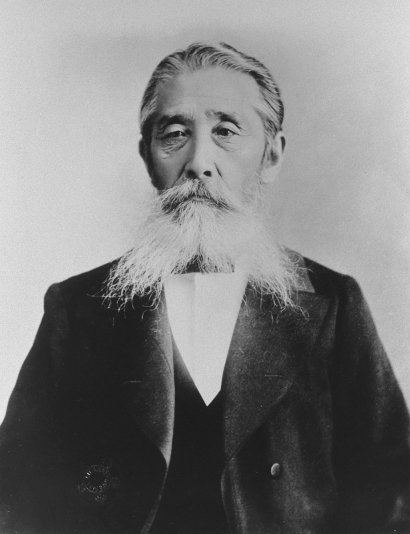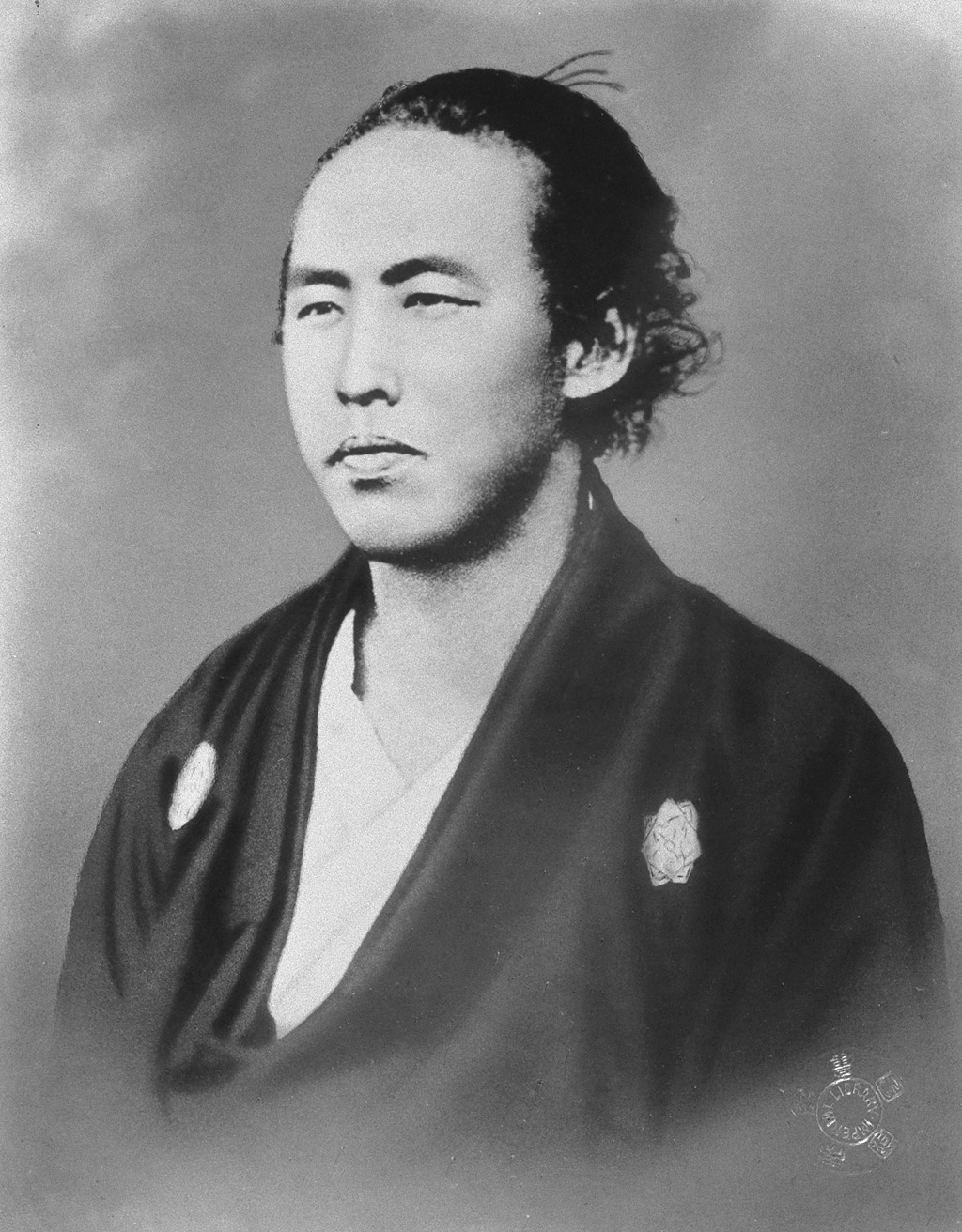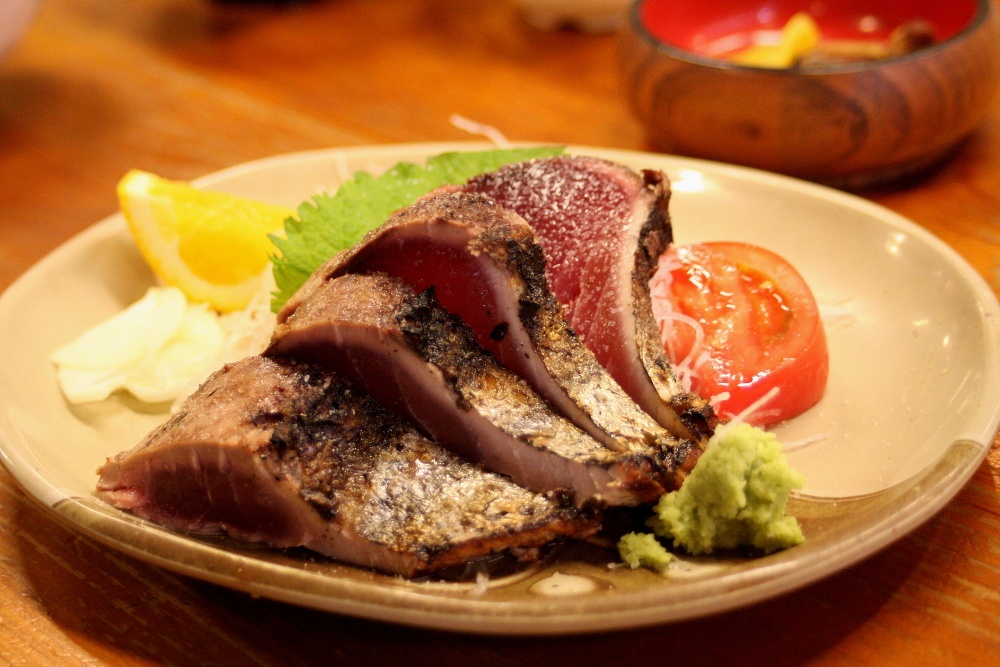Following on the heels of my Adventure-Seeking post was a day full of planned excitement, which then turned into unknown adventures.
We planned a day in Iya Valley so I could soak up the 1000-year old story of the Heike Clan, a major character of Japanese history. However, one missed turn later we ended up — on a whim — in Kochi Prefecture.
“Are you sure you don't mind going to Kochi instead of Iya Valley?” asked my boss (and generous guide for the day). I love new places! A thousand times, yes, please! Let’s go to Kochi!

Instead of Heike history, I learned other history. New names and faces. The brave and charismatic Ryoma Sakamoto. The wise and resourceful Chiyo Yamauchi. I learned of Katsutoyo Yamauchi, the first lord of Tosa (now known as Kochi), and of Itagaki Taisuke, the visionary.
Ryoma (no formalities here; Ryoma is affectionately known throughout Japan by his given name) and Itagaki were men who believed Japan had a future different from its past. They believed in taking power away from the feudal lords. Itagaki believed democracy was the future of Japan. He established Japan’s first political party in 1874 and worked tirelessly for the establishment of the Meiji constitution and a representational assembly.

When telling the story of Itagaki’s contemporary, a single blog entry cannot begin to completely illustrate the life of Ryoma. He was assassinated at 33, but his biographies take up several shelves in the local bookshop. Separating history from legend is difficult, but the spirit of Ryoma lives on today in those who dare to dream that society is better for allowing people freedom and access to new ideas, new people, and new places.
Throughout all of these stories of revolution, there remains a pair we have yet to discuss. Two hundred years before Ryoma and Itagaki lived a samurai and his clever wife. Before the feudal society could be dismantled, it had to built. Enter Katsutoyo and Chiyo Yamauchi. Chiyo knew her husband would be a great leader, but as one warrior among many, how could he stand out?
Chiyo’s mother had given her a large sum of money when she married Katsutoyo — for a “matter of great consequence,” so the story goes. She used that money to buy for him a horse. Not just any horse, but a strong horse to be used in battle. With his new asset, he achieved what Chiyo had hoped for. His magnificent horse caught the attention of his superiors and he worked his way up. For his exemplary performance in the battle of Sekigara, he was rewarded with the land of Tosa. He built a castle and served as the governor of the region.

Let us end on a delicious and light-hearted note. Kochi’s signature dish is katsuo no tataki or seared bonito. One story of its origin shows us that Chiyo was not the only clever one in Kochi. Due to safety concerns, Kazutoyo forbade people to eat bonito sashimi. However, they seared the outer edges of their bonito, concealing the still raw fish on the inside.
I learned so much in one just day. Imagine how much more there is in this wonderful place of radical, intelligent, brave, and sometimes subversive residents.